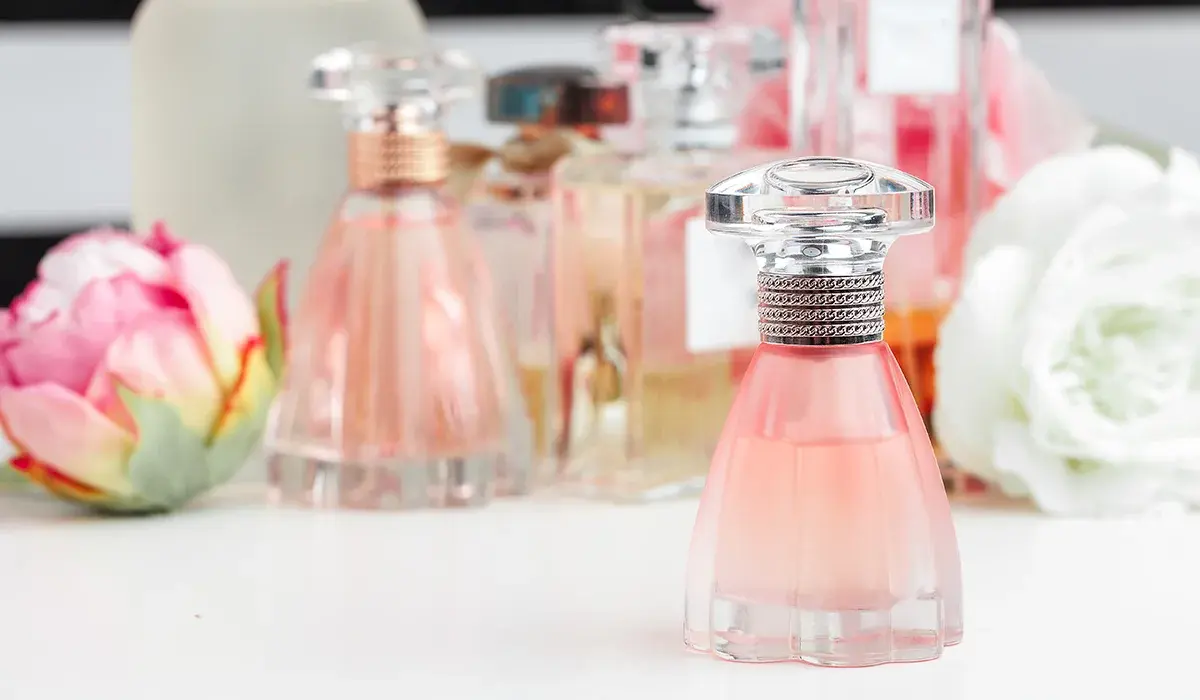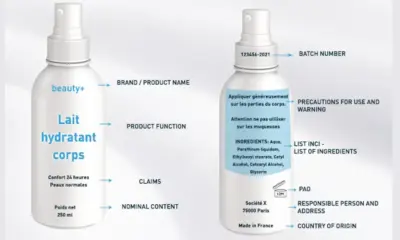Fragrances
China Introduces English Labels on Fragrances to Boost Transparency

China Adds English Labels to Boost Transparency and Global Trade
China has taken a major step toward ingredient transparency by releasing a bilingual fragrance list. The move directly supports global trade.
New Ingredient List Supports International Labeling Standards
The China Association of Fragrance, Flavor, and Cosmetic Industries (CAFFCI) has launched a bilingual fragrance ingredient list with English translations.
This initiative aligns with global efforts, particularly Commission Regulation (EU) 2023/1545, which regulates product labeling across the European Union.
By including 81 fragrance ingredients in both Chinese and English, CAFFCI helps cosmetic brands communicate more clearly with international consumers.
Importantly, China Adds English Labels to assist those with allergies and sensitive skin in making safer, informed choices when buying products.
This bilingual list enhances cross-border understanding, giving local and foreign brands a consistent way to disclose ingredients and reduce confusion.
Consumers benefit from increased transparency, while brands gain trust and credibility through more detailed, bilingual labeling standards.
Enhancing Trade Compliance and Market Access
The bilingual effort came from a collaboration with the European Union Chamber of Commerce in China.
China Adds English Labels to help meet global standards while minimizing trade friction and ensuring better compliance for exported goods.
Chinese manufacturers expanding overseas will find it easier to meet EU requirements with English labeling already included in their packaging.
Similarly, international brands entering the Chinese market can better align with regulatory expectations using shared ingredient terminology.
This new framework helps regulators, brands, and consumers all navigate compliance with fewer barriers or misunderstandings.
Improved labeling accuracy can also streamline supply chains and foster stronger commercial relationships between trading partners.
Global Safety and Harmonization in Focus
The move also reflects China’s growing efforts to improve product safety, especially as e-commerce drives rapid beauty product sales.
Recent EU reports identified China as the source of 40% of flagged unsafe cosmetic items sold online, raising regulatory concerns.
By addressing ingredient transparency, Chinese authorities aim to build global trust and encourage safer product development practices.
Clearer labeling supports better enforcement, more informed consumer choices, and increased accountability from manufacturers across regions.
As China aligns more closely with EU guidelines, these changes may boost local brands’ competitiveness in international personal care markets.
Explore more news on global beauty regulations and product safety by visiting this website!





















